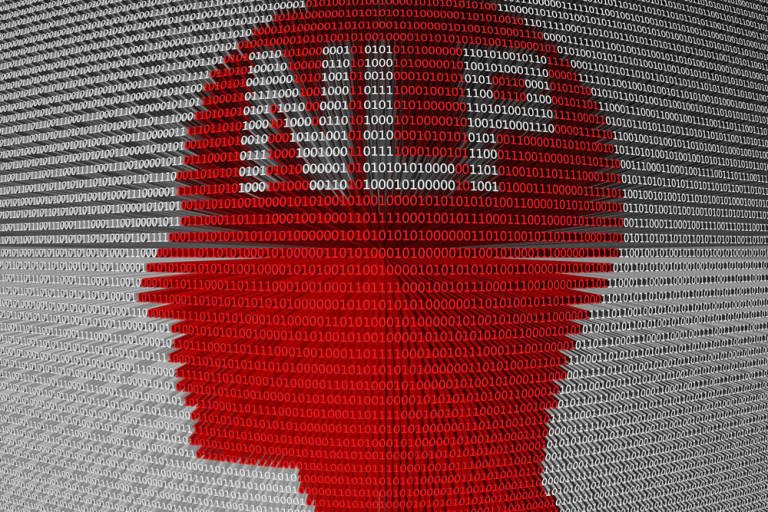

Developed in the 1970s, Neuro Linguistic Programming is a system that is meant to optimize your brain for fulfillment and success. According to NLP University, this model involves the three biggest influences on your experience as a human being, namely your neurology, language and programming.
Your neurological system is what regulates your body functions, your language determines how you communicate and interact with others, and your programming decides the models of the world you create.
NLP seeks to tap into the basic dynamics of your mind and language and how their interplay affects your behavior and body, also known as your programming. While there are multiple NLP techniques, one popular one is the “Swish Pattern.”
This tool helps you replace unwanted outcome, habit or behavior with a new, more positive variant. Get started on a more positive outlook today by using the following five quick tips for this helpful and handy NLP tool!
1. Identify The Troubling Behavior
Before using the Swish Pattern, decide which problem behavior you want to change. This could be things such as not exercising enough, eating too much junk food or having a fear of speaking in public, failing at a specific endeavor or being fearful of meeting new people.
It may be tempting to try to tackle more than one problem at the same time, but for NLP to work, you really need to focus on your problem behaviors individually. Go the route that is the most comfortable for you as a new user. For some people, tackling a smaller problem behavior is less intimidating than targeting a tough one right out of the gate, and for others, going for the big guns first is preferable.
2. Find Your Cue
Chances are your problem behavior is triggered by a particular stimulus. Think of that stimulus as a reflex; you’re not consciously choosing to act that way, you just do. It’s automatic, much like how your leg pops up when your doctor taps your knee with a reflex hammer.
Identify the trigger so you can work on changing your response with the Swish Pattern. This may require some thought, as you want to pinpoint it as closely as possible. For example, if you keep putting off exercise, what tends to be the exact moment in which you decide not to go? Is it the thought of changing into workout clothes or the mental image of you struggling with cardio or weights? Maybe it’s the more pleasant image of you sitting on the couch, watching your favorite TV show.
If you are having trouble finding your cue, try imagining you have to teach someone else the problem behavior you’re experiencing. This person wants to learn, for instance, why they shouldn’t go to the gym. What would you say if you really wanted to convince them not to go? It’s likely that your firmest convincing argument is your trigger.
Write down your cue once you’ve identified it and take a break. Clear your mind and do something else for a few minutes. This could be humming a song, looking out the window for a bit – anything that is unrelated to your cue. Doing this will help your brain reset before you decide what the new behavior you need to install is.
3. Create An Ideal Outcome
Next comes the fun part, as you get to decide what new self-image you want to install, which will be the automatic positive response you’ll generate when your cue pops up in the future.
For motivation, create a mental photo of you at your best now and a picture that excites you. For instance, if hitting the gym is your problem behavior, you could think of yourself as slimmer, with more energy. If fear of public speaking is the issue, image a confident you who has just nailed a presentation to an applauding crowd. Whatever you want your new behavior to be, get a clear image of it in your mind.
Go ahead and ramp that image up. Make your mental picture compelling, bright and detailed. Sounds should be clear and bright. Make sure you feel just how you would if this happened in real life! Keep working until the image is as realistic and emotion-generating as possible, and then break state again for a few minutes.
If you’re having trouble visualizing, you can try writing down your image and all the emotions you associate with it first. Putting it down on paper can help get a clearer picture in your mind.
4. Set Your Swish
Return to the cue you determined back in step two. Here, the object is to replace the cue from that step with the new image from step 3. Get the cue clearly pictured in your mind. See every detail and make sure you’re associated.
Next, use a picture about the size of a postage stamp of your new image and place it into the corner of your mental picture. Make it dark and small for now, as if you’re looking down at yourself from another person’s perspective.
Take your small new self-image and push it further away until it’s a small speck, like a small ball being pulled back for a slingshot launch. When you’re ready, fire! Send the old cue picture away, making it smaller and darker as it flies away and is replaced with your new image.
See your new image with your own eyes, and image each detail over and over, making it as big and bright as possible. Allow yourself to feel those wonderful emotions and how great it would be if you could act like this from here on out. Indulge yourself for a little bit, letting the feelings from the new image wash over you.
5. Embed Your Change
You need to embed the change completely for this pattern to work. Essentially, you need to repeat the swish-setting step for a total of ten times, breaking state in between each repeat. It will only take you around ten minutes and is definitely worth it!
So, bring back your old cue image, put your new image as a corner speck, and let it fly like you did before. Send your old memory away and bring the new one vividly home in your min
After you’ve done this ten times, think of your cue and your old behavior. If you’ve done the pattern correctly, it will be hard to recall that old problem behavior, and it should have lost its strength.
Remember that changing an old habit will still take some willpower and persistence, but using NLP can really help you reach your various goals in life. Keep using this powerful yet simple tool to help you make more positive changes in your life!

